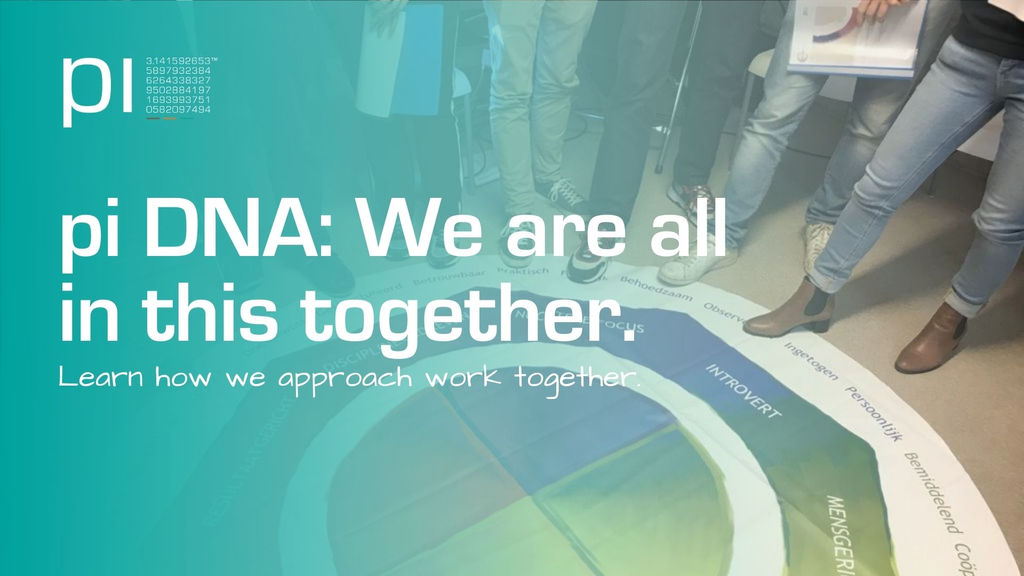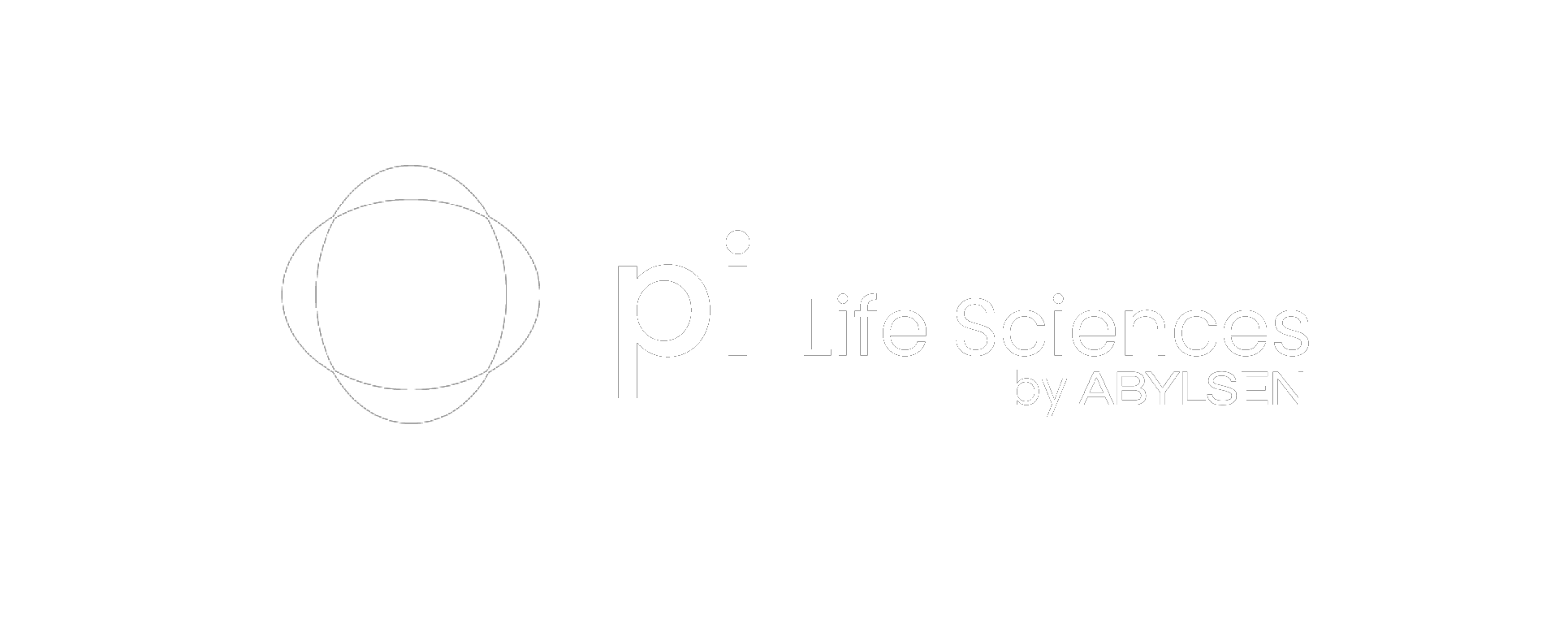No one can whistle a symphony. It takes an orchestra to play it. And it only takes a single bad note to ruin it. Teambuilding and teamwork are concepts that we are all well aware of. There are project teams, HR teams, management teams, recruitment teams, … Teams aplenty! But how do you build a real team? How do you work as a team? Here at pi, we have our ways.
Welcome to the third blog about what makes up our pi DNA: team spirit!
P is for Piano
Imagine a piano with only white keys. How do you think it will sound? It might make a decent sound, but it’s going to be quite a limited composition. Now imagine that same piano with only black keys. Exactly, not much better. When does a piano make great music? When all its keys are used together, in perfect harmony. How’s that for a metaphor?

That’s exactly how it works in a team as well: each member has his or her own strengths and limitations. The wonderful thing about this is that one person’s limitation might be another one’s strength. Working as a team, working together, inspiring each other. It’s important to mention that you don’t inspire your teammates by showing them how amazing you are. You inspire them by showing how amazing they are. That’s the tune we play to.
The basic requirement for a team is to get communication between all members straight and clear. We all communicate in different ways and we like to be communicated within our own preferred manner as well. At pi life sciences, we use Lumina profiling as a tool to learn about each other’s preferred manners of communication. Let’s hear what one of our Lumina-certified trainers, Sofie Furniere, has to say about this:
” At pi life sciences, we think that Lumina Spark is the next generation in professional development tools. It supports individuals, teams, and even organisations in working more effectively by creating awareness of our own and our colleagues’ behavior.
We don’t believe in labeling or general statements, working instead with detailed insights and personal analysis for each, with the sole goal of focusing on growth.
For example, instead of putting someone in an introverted or extraverted box, we try embracing the paradox: someone might be introverted in certain situations while being extraverted in others. “

I is for Team
Confused? You should be because there is no I in team. Let’s look a bit closer at this statement. A team is a group of individuals with a common goal to work towards. Where it possibly goes wrong is when one or some of those individuals have a secret agenda, meaning that a person is working mostly towards his own goal instead of the common goal. As you probably can see, this takes a lot of the energy away from the team, and from the team spirit. Members lose alignment due to this and conflicts might arise, which in turn leads to losing sight of the common goal. Not an acceptable outcome.
Let’s make this a bit more visual with an example that most of us know: Disney’s The Lion King. Remember Scar? Then you will also remember his ruthless and blind ambition to become the king of Pride Rock. The lions are a team with a common goal: maintaining the circle of life in the savannah. In comes Scar, with his own agenda. Before you know it, you’re stuck in a wasteland with a bunch of hyenas.
Of course, this is a bit of an exaggeration. However, the point is that this kind of behavior, these hidden individual goals, might undermine an entire team, let alone a company. Why? Well, where’s the trust? Our first blog about the pi DNA (read it here) is built entirely around this topic. The remedy is just as easy: be clear about your own agenda. If you want to get more experience in project management, talk about it with the project manager, and ask him or her which additional tasks you could take up to gain the experience you want. In the end, it’s all about taking responsibility, for your actions and for the team’s actions (read more about it here, in our second pi DNA blog). Adding to this example, this kind of open communication leads to connection and trust. The project manager will be more likely to relinquish certain items because no (hidden) threat is perceived. Goals are aligned and the focus can once again be laid on the common project goal. Doesn’t that sound wonderful?
Since we’re talking about taking responsibility anyway now, let’s discuss failures. Bad news! A certain deadline hasn’t been made. Someone, let’s call him Bob, failed to finish a report in time causing project timelines to go haywire. Bob’s manager, let’s say Beth, has two options. She can throw Bob under the bus and point a blaming finger at him. Or, she could take responsibility for Bob not making the deadline; she’s his manager after all. Which doesn’t excuse Bob, of course. Ideally, they sit together, discuss how each of them can take ownership to prevent this kind of situation from happening again. Drama avoided; trust built.
Finally, when a project has been successfully finished, it’s essential to celebrate. Celebrate yourself and celebrate the team. Each member has grown throughout the project, gained knowledge, and gained experience. More importantly, each member played a part, be it small or large, and at some point, had an essential job to do.
That’s how we roll! #constantlyimproving
Article by Kenneth Poupaert & Simon Verstraeten







